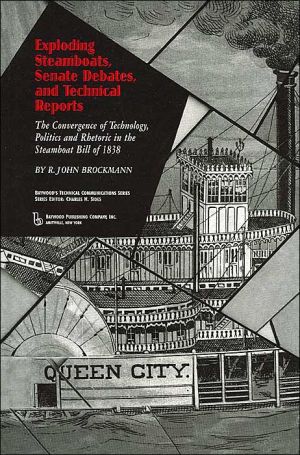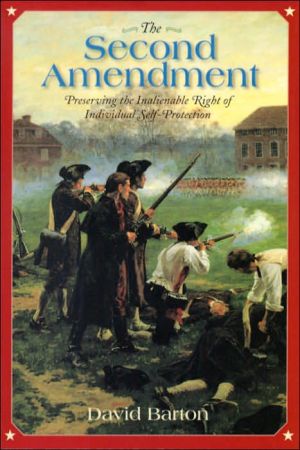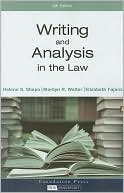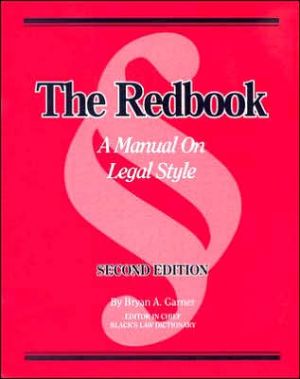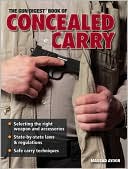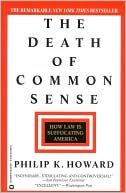Exploding Steamboats, Senate Debates, and Technical Reports (Technical Communications Series): The Convergence of Technology, Politics, and Rhetoric in the Steamboat Bill of 1838
"By 1838, over 2,000 Americans had been killed and many hundreds injured by exploding steam engines on steamboats. After presidential calls for a solution in two State of the Union addresses, a Senate Select Committee met to consider a report from the Franklin Institute of Philadelphia, the first federally funded investigation into a technical catastrophe. Although the report was well written by top scientists of the day and included an effective bill to solve the technical problems of steam...
Search in google:
By 1838, over two thousand Americans had been killed and many hundreds injured by exploding steam engines on steamboats. After calls for a solution in two State of the Union addresses, a Senate Select Committee met to consider an investigative report from the Franklin Institute of Philadelphia, the first federally funded investigation into a technical catastrophe. Although the investigation report was well written by the top scientists of the day, and the authors included an effective bill to correct the technical problems of steam engines and stop the fatalities and injuries, the bill was drawn up with a key segment X-ed out. As a result, the wrong piece of legislation was passed by the House and Senate and signed into law by President Van Buren as the United States first piece of interstate commerce legislation. The explosions and deaths aboard steamboats continued for another fourteen years before corrective legislation was passed. Exploding Steamboats investigates the rhetoric, politics, and technology of antebellum America, offering timeless insights into the nature of writing, reading, and public control of technology. Intended Audience: Technical communication writers; teachers and students of technical communications; historians of technology.
INTRODUCTION The X on the Draft Bill CHAPTER 1. Steamboat Politics and Steamboat Society New York Harbor, May 15, 1824, 7:00 PM Four Days Later Washington City, May 19, 1824 CHAPTER 2. Steamboat Technology High-Pressure Steam Engines and Hulls that Ride On the Water What Could Go Wrong with the Boiler Technology Problems Operating a Problem-Prone Technology February 24, 1830, Memphis Tennessee, Early Morning Washington City, May 4, 1830 Two and a Half Months Later CHAPTER 3. Steamboats, The Presidency, and Public Opinion Red River, May 19, 1833, Early on a Spring Sunday Morning December 3, 1833 President Jackson s State of the Union Message to Congress But What About the Public Pressure for Steamboat Safety? The Franklin Institute Reports A Reasoned Technical Response to Catastrophe Traditional Technical Writing of the Era Communications Received by the Committee of the Franklin Institute on the Explosion of Steam Boilers (1832) Report of the Committee of the Franklin Institute of the State of Pennsylvania for the Promotion of the Mechanic Arts, on the Explosions of Steam-Boilers, Part I, Containing the First Report of Experiments Made by the Committee for the Treasury Department of the U. States (1836) General Report on the Explosions of Steam-Boilers by a Committee of the Franklin Institute of the State of Pennsylvania for the Promotion of the Mechanic Arts (1837) Report of the Committee of the Franklin Institute of the State of Pennsylvania for the Promotion of the Mechanic Arts, on the Explosions of Steam-Boilers Made at the Request of the Treasury Department of the United States, Part II, Containing the Report of the Sub-Committee to Whom Was Referred the Examination of the Strength of Materials Employed in the Construction of Steam Boilers (1837) Contemporaneous Reactions to the Institute Reports in the Scientific Community: Hales s Open Letter to Grundy, Locke s Cincinnati Report, and Steam Textbooks by Renwick and Ward Contemporaneous Reactions to Institute s Reports by Those Most Directly Involved: Steamboat Inspectors, Engineers, and Firemen The Gold Dust Fire Chapter 37. The End of the Gold Dust Chapter 20. A Catastrophe CHAPTER 4. Steamboat Politics and Rhetoric May 11, 1837, Thirty Miles South of Natchez A Brief Coincidence of Political Interests The Select Committee The Initial Proposed Bill in December 1837 The Bill Reported Out of Committee CHAPTER 5. The Law Didn t Work GLOSSARY APPENDIX 1. Comparing the Four Legislative Attempts INDEX
